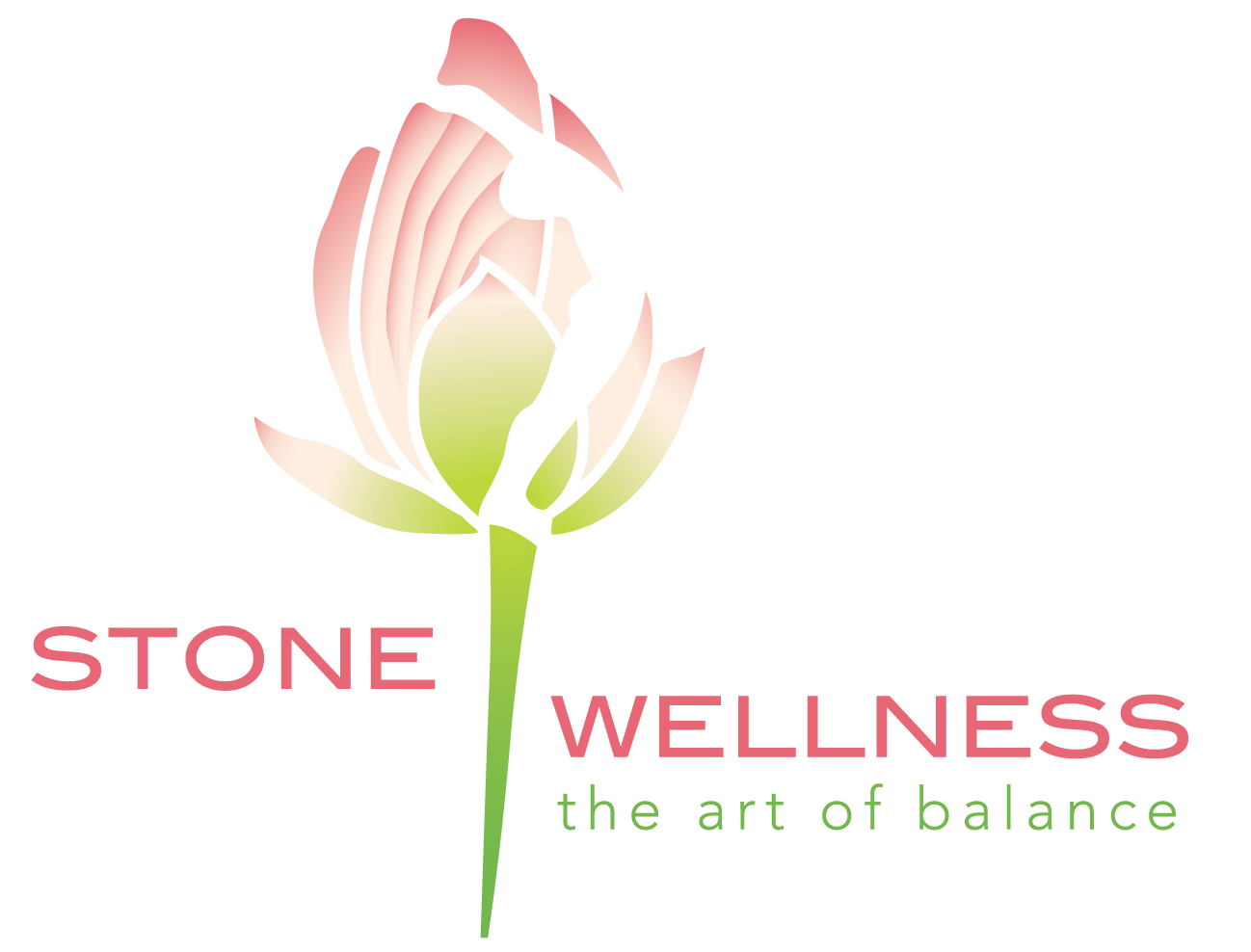Acupuncture & TCM
Two common questions about acupuncture are, “How does it work? and What does it treat?” While many people are aware that needles are involved, they often don’t understand how these needles relate to pain relief and overall health improvement. Acupuncture has been practiced for thousands of years for a reason: it’s effective!
At its core, acupuncture aims to restore the body’s natural balance, or homeostasis. The body inherently seeks equilibrium but sometimes requires assistance to achieve it. The practice is based on the concept of Qi (pronounced "chee"), which flows through channels (pathways) in the body. Qi is our life force, generated from breath, food, and essence—it’s what gives us life. When the flow of Qi is disrupted, it can lead to imbalances. By regulating Qi through these channels, acupuncture helps restore harmony. From a Western scientific perspective, acupuncture points stimulate the central nervous system, triggering the release of chemicals in the muscles, spinal cord, and brain. This biochemical response enhances the body’s natural healing abilities, reduces inflammation, and promotes both physical and emotional well-being.
Various factors can lead to imbalances in the body, including stress, trauma, anxiety, poor diet, accidents, overwork, illness, grief, anger, and other emotional challenges. An imbalance can often result in suffering and pain, sometimes manifesting later on. Acupuncture encourages the movement of Qi, opening blocked pathways and allowing the body to return to its natural state of balance.
The Treatment
Every individual is unique, which is why a comprehensive intake process is essential for understanding specific issues. Building trust with your practitioner and being open during this intake is important for an effective treatment. Initial visits typically last between one and a half to two hours. During this time, you’ll answer questions about your health history, current concerns, and specific symptoms. The practitioner may also palpate painful areas to gather more information. A complete assessment includes checking the pulse on both wrists and examining your tongue (please avoid brushing your tongue or consuming colored foods prior to your appointment). This comprehensive approach helps form your diagnosis and treatment plan, which may involve addressing a single imbalance or multiple interconnected issues.
After your consultation, you will receive a treatment tailored to your diagnosis.
The needling process is gentle and often causes only mild sensations, if any. In addition to acupuncture, adjunctive therapies such as fascial release, cupping, herbs, and nutritional counseling may be incorporated to help you achieve your wellness goals.
What Can Acupuncture Treat?
Due to its holistic approach, acupuncture treats the whole person and not just the symptoms. Here is a list of some of the disorders that can be treated:
Bone, Muscle or Joint Problems including arthritis, backache, inflamed injured or strained muscles, sciatica
Cardiovascular Disorders including angina, high or low blood pressure, stroke
Infertility
Disorders of the Head and Face including facial paralysis, headaches, migraine, trigeminal neuralgia, vertigo
Chronic sinus issues, nosebleeds, upper respiratory colds, flu, sore throat
Endocrine problems including hyperthyroidism, hypothyroidism
Gastrointestinal disorders
Gynecological problems including menstrual issues such as amenorrhea, dysmenorrhea, menorrhagia, PMS, menopausal symptoms such as hot flashes, night sweats, insomnia
Liver and gall bladder disorders
Mental and emotional disorders including addiction, depression, hysteria, insomnia, phobias
Respiratory disorders including asthma, bronchitis (acute and chronic), cough (chronic), frequent colds
Sexual issues including lack of libido, impotence, painful intercourse
Skin disorders including eczema, psoriasis
Urinary disorders including cystitis, incontinence, proctitis, retained urination


